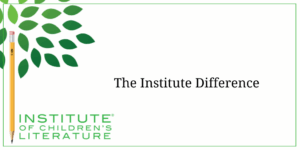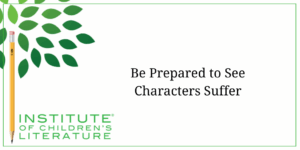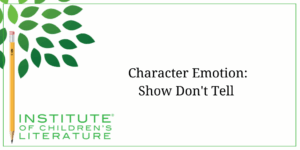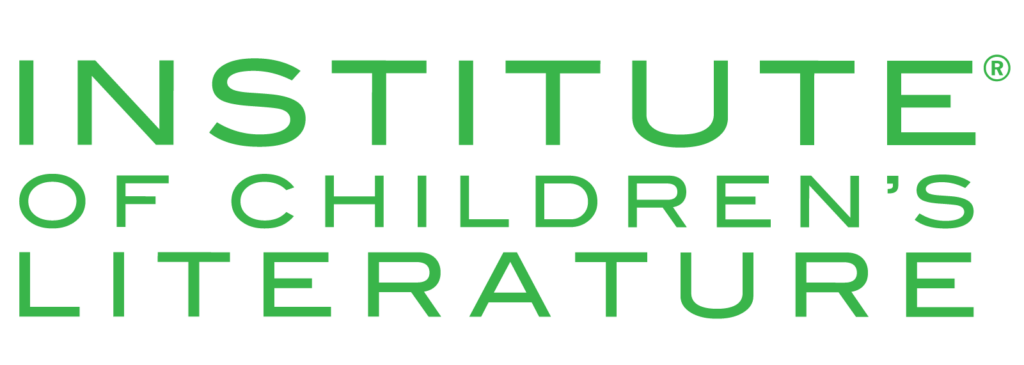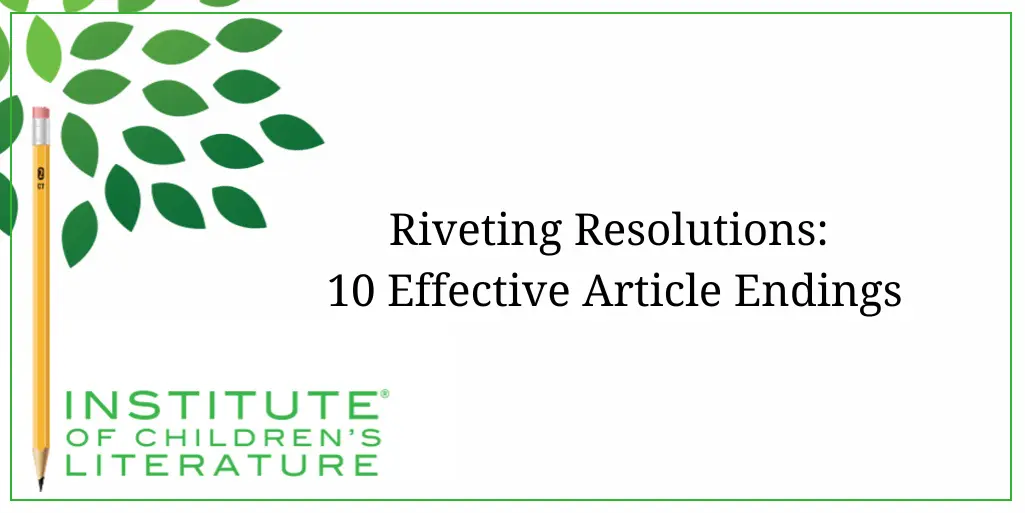
- Date: November 21, 2024
- Author: Jan Fields
- Category: Writing for Children Blog
- Tags: Craft, Endings, magazines, Nonfiction, Writing Craft, writing nonfiction for children
We teach our students how to write and get published!
View our Course Catalog >
Riveting Resolutions: 10 Effective Article Endings
Writing an effective nonfiction article ending is one of the most easily overlooked aspects of crafting such a project. Many writers simply want to stop writing when they've shared all the information they gathered. And you can find published articles with those kinds of endings, especially in very short nonfiction.
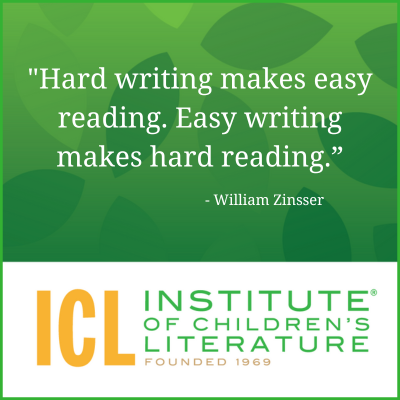 1. Back to the Present Endings
1. Back to the Present Endings
If you dipped into the past, bring us back to the present.
“Mystery of the Petrifying Well”
by Diane Winebar [Fun for Kidz, Jan/Feb 2024]
“People still visit the famous, old petrifying well, but now they come by the thousands. And just like so long ago, the water still works its wonders and turns objects into stone.”
Since this article was all about a historical well in England, it mostly covered things that happened in the past. The structure of the article was three-fold, showing that a three-part structure works well in nonfiction as it does in fiction. The article began by telling the mysterious history of the well. Then it explained the science behind the mystery. And finally, it wrapped up by bringing the past into the present, which gave a feeling of completeness to this history mystery.
2. Clever Endings
A clever turn of phrase can elevate a fact-filled article.
“Siberian Musk Deer, The Unlikely Vampire of the Taiga”
by Paul Lawston [Eco Kids Planet, May 2024]
“…the deer with the strongest, sharpest-looking fangs is the most attractive to the females and scares off his rivals. In the world of the must deer, it's the tooth, not the antler, that wins the day!”
Since the vampire-like fangs of male Siberian Musk Deer make them a visually striking animal, the article explains why the deer have these fangs. It compares them to antlers, which are also important for attracting mates. Thus, the writer ends by summing up the content of the article in a clever way. Even the choice of an exclamation mark is made to end with a bang.
3. Sum It Up Endings
When the goal of an article is to affect change, the ending often sums up the arguments given to help them linger in the reader's mind.
 “Edible Insects, Coming Soon to a dinner table near you!
“Edible Insects, Coming Soon to a dinner table near you!
by Holly Bennett [Brainspace, August/September 2024]
“We have a lot of people to feed on this planet, and the number is growing every day. Adding insects to our diets could be an important and sustainable way to feed the world.”
Though the article gave lots of great information about how insects taste and ways they can be eaten, the article ending really summed up the big problem. A big population needs a lot of food. Insects could be the way to provide it.
4. Turn the Tables
When you've written about how other people do something, consider turning the tables at the end to get the reader involved.
“Cool Ways to Create”
by Lisa Bendall [Owl, Summer 2024]
“Your Turn! Dip objects, like dish sponges, cotton swabs, and pipe cleaners, into paint. Dab or smear your paper. Which item will make it into your art supply stash?”
By getting readers to do something, the article is sure to linger in the reader's mind. And this particular piece was made even more interactive as the magazine asked readers to share their creations and gave an email address.
 5. Feel Good Endings
5. Feel Good Endings
When you've written an article about personal self-help matters, leave the reader feeling good!
“You've Got This”
by Carly Schuna [Highlights, September 2024]
“…when you notice someone else in an awkward spot, think of ways you can help them laugh or feel more comfortable. You may just save their day!”
In this article, which presented a series of potentially negative experiences and gave suggestions for getting through them, the writer ended by turning the reader's attention outward, because this both suggested the reader was now graduating to helping others and because kids often feel better if they take their minds off themselves. It's an effective ending for what could have been stressful reading.
6. What’s the Takeaway?
In a short piece with lots of facts, summing up the “takeaway” at the end is effective.
“News Brief: Weather Watch”
by Lillian Stone [Time for Kids, September 2024]
“According to the Environmental Protection Agency, extreme weather is becoming more common. The rise of global temperatures is ‘associated with widespread changes in weather patterns,' the agency says.”
This piece is highly journalistic with lots of news details about unusual weather across the U.S., but it still has an “ending” that sums up the reason for all the different details of unusual weather across the US during the summer. This gives the interesting facts of the piece a reason, which will help hold it in the mind of the reader. It makes sense of the whole.
 7. Back to the Future
7. Back to the Future
In an article that is organized as a chronology, the ending may project possibilities into the future.
“How to Build a Dinosaur”
by Kay Boatner [National Geographic Kids, October 2024]
“After 17 years of work, Gnatalie [the nickname given to the dinosaur] will finally go on display in the fall of 2024. “And then it's on to the next dinosaur,” Chiappe says. “Who knows what other creatures are out there, waiting to be found?”
By projecting into the future, the article ending offers a sense of excitement by suggesting that the story isn't really over.
8. One Last Thing
Though it's risky to add “one last thing” at the end of an article, sometimes it's exactly the right ending.
“I Hate Sunscreen…Now What?”
by Lisa Desantis [Girl's Life, June/July 2024]
“Finally, keep an eye on the expiration—most sunscreens will have a date on the bottom. Past that? Time to toss it. See ya on the beach, babe!”
This article ending both offers a new suggestion and also signals that it's an ending, both with a transition word “finally,” and with a clever bit of wordplay, “See ya on the beach, babe!” So the author is taking a risk, but she's using enough “ending” signals to keep this from sounding like she simply stopped writing when she ran out of tips.
 9. Article Endings That Circle Back
9. Article Endings That Circle Back
When using a quick single-sentence ending, it usually circles back to the beginning. This one also uses a little bit of the clever wording rule.
“Good Reasons to Stay in Schools”
by Kathy Kranking [Ranger Rick, September 2024]
“After all this schooling, you can see why schools rule!”
In this case, the author is circling back to the title. In the title and the opening page, she promises to give good reasons why fish stay in groups. Then for an ending, she simply reinforces that promise by saying she fulfilled it. It's a daring ending, to declare you succeeded in your article's aim, but it offers that sense of finality while reinforcing the point of the piece.
10. Call-to-(Personal)-Action Endings
Sometimes a call-to-action ending isn't about saving the world. It can be a very personal, feel-good, kind of ending too.
Cuteness Overload
by Jenna L. Campbell [Chickadee, May 2024]
“Scientists think people love watching cute animal videos because they release feel-good chemicals in our brains. That's why we sometimes feel like we could stare at cute things forever! If you need a pick-me-up, try reading a book with cute animals in it.”
In this short piece, the author talks about what makes things “cute,” and what the value of cuteness is for the cute creatures themselves. But she ends by bringing it to the reader. What is the value of cuteness for the reader? Once she shares that and then encourages the reader to use what they've learned.
The perfect ending for any given article is going to be very specific to the article because it needs to make sense with everything that has come before. A little voice, humor, or cleverness is always appreciated by editors. So if you can use that, you'll reap rewards for it.
Whatever ending you choose whether it's a whole paragraph or just a clever sentence, it's important to bring that sense of finality. A good article ending is like the perfect punctuation for your prose. It’s work, but it's worth it.
Related Articles
With over 100 books in publication, Jan Fields writes both chapter books for children and mystery novels for adults. She’s also known for a variety of experiences teaching writing, from one session SCBWI events to lengthier Highlights Foundation workshops to these blog posts for the Institute of Children’s Literature. As a former ICL instructor, Jan enjoys equipping writers for success in whatever way she can.

